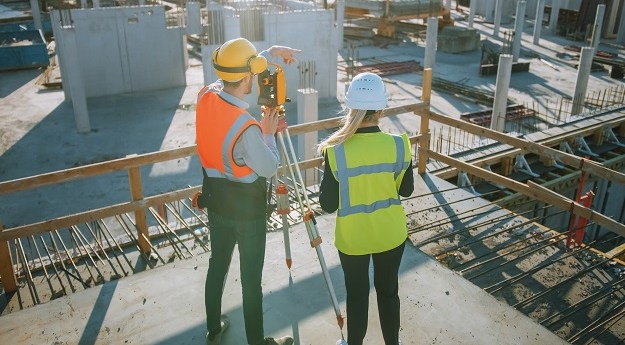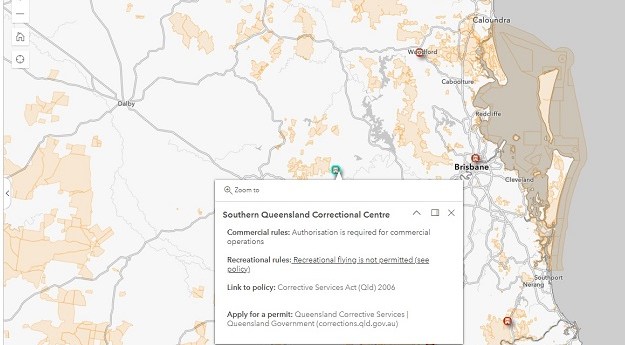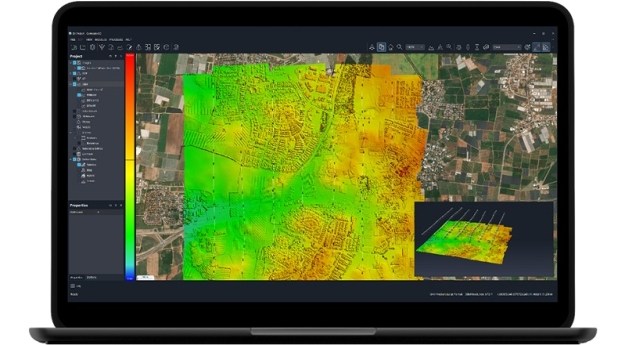
Western Astrosite project – Event based Neuromorphic Space imaging mobile facility takes shape
Western Sydney University has been awarded a grant to develop the first multi-sensor space observatory of its kind in Australia.
The $410,000 International Space Investment (Expand Capability) grant will fund development of an observatory to boost Australian space situational awarenes, housing an AstroSite imaging system and Silentium Defence MAVERICK S-series passive radars.
Announced by the Minister for Industry, Science and Technology, the Hon. Karen Andrews MP, a total of $1.5 million (AUD) in funding has been granted by the Australian Space Agency for the multi-sensor observatory project.
Professor Andre van Schaik, director of the International Centre for Neuromorphic Systems (ICNS) at Western Sydney University said that with tens of thousands of man-made objects currently orbiting in space, the risk of collision between debris, satellites and spacecraft is very real.
“This has become a serious concern not only for organisations with a commercial interest in space, but also for national and international defence agencies. The ICNS research team invented the Astrosite concept, which combines a mobile astronomical observatory with neuromorphic image sensors to provide unique capabilities for detecting and tracking low-earth orbit objects (LEOs) and space junk,” he said.
“We have developed a dynamic imaging system that runs faster, computes more efficiently, uses far less power and needs less data than ever before to effectively detect and track objects orbiting in space.”
The site for the observatory was chosen due to its proximity to one the few ‘dark sky reserves’ worldwide, and selected with collaboration in mind.
The Swedish Space Corporation is an international partner on the project, and will combine observations from its Northern Hemisphere facilities to assist with continuous object tracking over a wider arc of space than can be observed from the Australian location.
Work is due to commence in September 2020, with a target operational date of July 2021.
Stay up to date by getting stories like this delivered to your mailbox.
Sign up to receive our free weekly Spatial Source newsletter.












